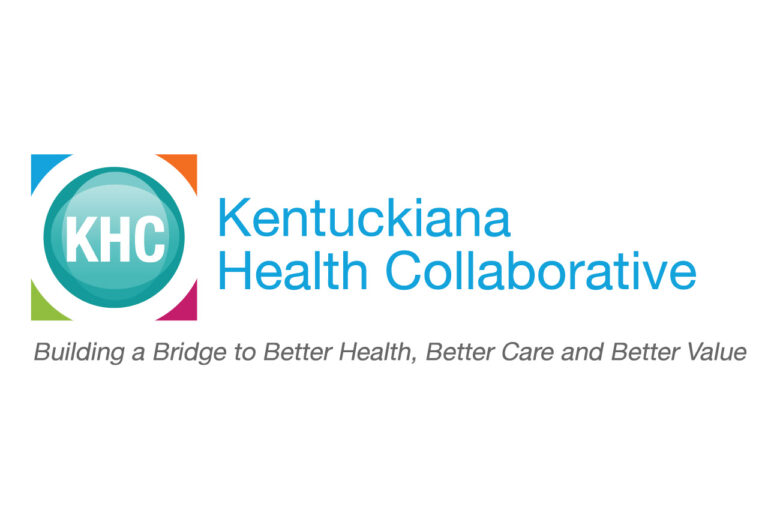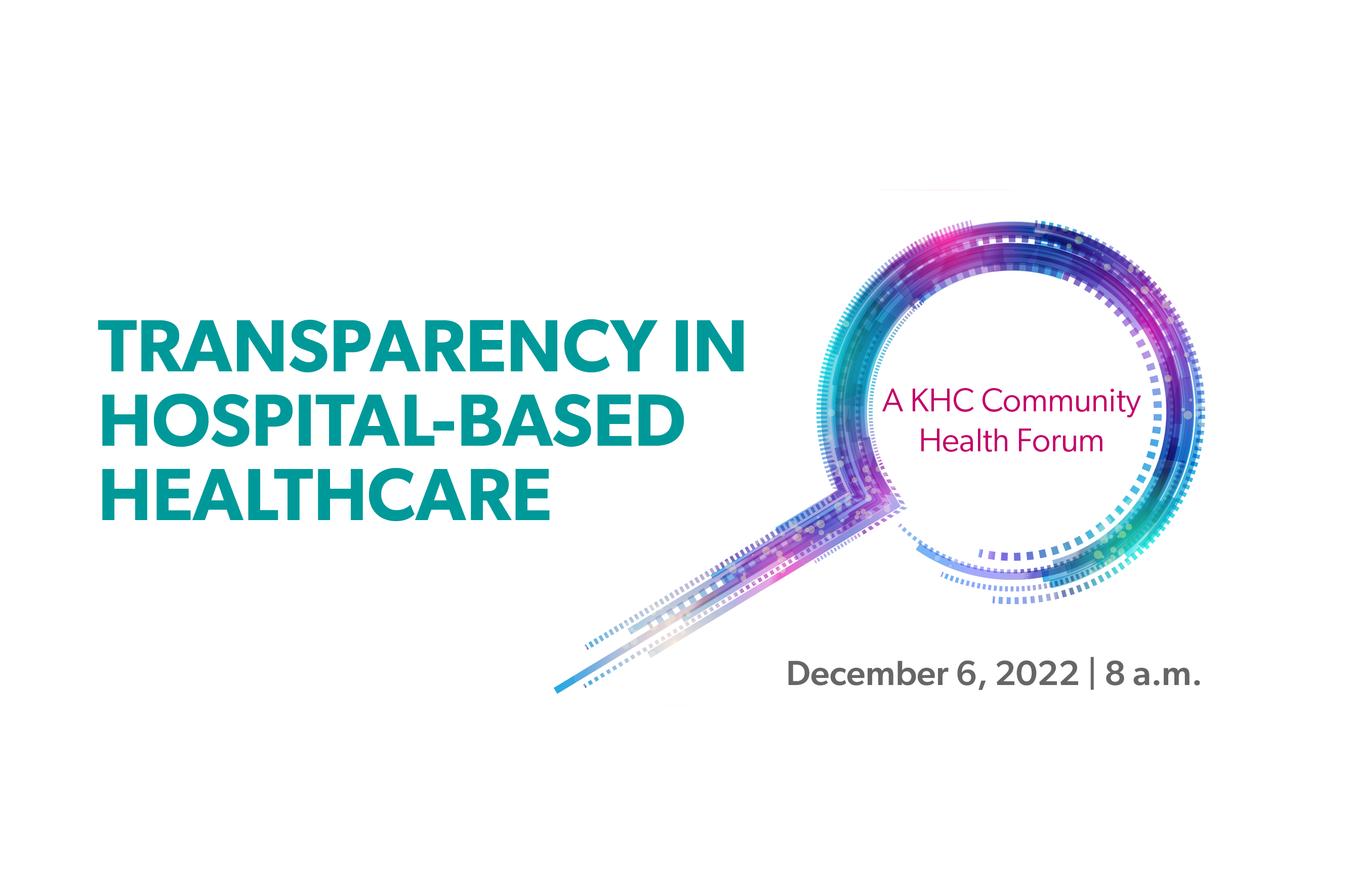Last week, the KHC hosted its final Community Health Forum of 2019, pivoting from data-heavy topics to a growing area of focus: maximizing pharmacy value and outcomes while slowing the growth of the rising costs of drugs. It was one of our best conversations yet, and we followed up with our keynote speaker to answer the questions we didn’t have time to get to during the program.
The two-and-a-half-hour session included keynote Amy Ball, PharmD, Chief Pharmacy Officer of Health Strategy LLC, who discussed the current and future trends of specialty therapies in the United States. Later, an expert panel of key stakeholders discussed how their organizations are moving to value-based pharmacy management.
Dr. Ball received many questions submitted by event attendees on our web application, but we didn’t have time to answer all of them. Since the interest was high in the subject, we followed up with her after the forum.
You mentioned several tipping points in the acceleration of the FDA approval process. You said the AIDS crisis was on tipping point. What were others?
These “tipping points” come from the history of change within the FDA. We are just highlighting a few major changes – this on-line article helps provide insight to the bullets below –
- 1906: Congress passed the Pure Food & Drugs Act (Tipping Point: Upton Sinclair’s “The Jungle)
- 1938: Congress passed the Food, Drug, & Cosmetic Act (Tipping point: elixir sulfanilamide/base diethylene glycol)
- 1962: Keefauver – Harris Amendment (Tipping point: DES to prevent miscarriages despite evidence of ineffectiveness
- 1980s: Development of expedited review programs (Tipping Point: HIV/Aids crisis)
Any drawbacks from employers pushing for greater biosimilar use…either through PBM partnership…or more directly managed by the employer?
The goal of using Biosimilars is to get to a lowest net cost while still providing an effective therapy. Biosimilars are a great option for members and can lower their out of pocket spend. Employers have to push their PBMs to work with Biosimilar manufacturers regarding potential rebates to ensure Biosimilars have the lowest net cost. Many times, Brand manufacturers are increasing rebates on the original Brand product, limiting the use of Biosimilars. PBM’s will tend to prefer the Original Brand with a more aggressive rebate, since Rebates can be a revenue stream for PBMs. Because of these misaligned incentives, employers may need to work directly with Biosimilar manufacturers to negotiate the best deal.
Is there any data on the impact of partial/split fills on patient adherence? Particularly for short-course therapies
The goal of split/partial fill programs are to decrease waste. Adherence to therapy is the main driver of waste. If a patient takes a medication and experiences a side effect and stops therapy (non-persistence or non-adherence) after a few doses when a 30-day supply was dispensed, the member and plan spent money on a product that was not fully used. Oral Oncology, Hep C and other therapies with a high discontinuation rate, adverse side effects and non-compliance are generally the drug targeted for these split/partial fill programs. I have listed a few articles for reference. Most of these articles reference waste or discontinuation of therapy (adherence) as the driver of waste and cost savings. With partial fill programs, when done correctly, members are educated about possible side effects so they know what to expect and are given strategies to help manage side effects. This more intense education can help members work through adverse side effects and continue therapy, therefore getting the anticipated outcome by staying on the therapy instead of discontinuing.
Related articles:
- Walgreens Split-Fill Case Study: Preventing Waste Through Extension of a Cost-Saving Program
- Partial Fill Strategies for Oral Oncolytics to Reduce Waste and Drive Persistency
- Short fills save costs, reduce medication waste
Who within an organization would be responsible for assessing outcomes data?
I will answer this question based on the concept of managing a Custom Formulary. As new drugs come to market employers should be reviewing the data available for those products to determine if they want to cover the drug under their plan benefit. The employer often does not have clinical staff employed that can review the literature and evaluate the new drugs to market in therapy. Most employers would have to work with an independent third-party organization that can provide a detailed summary on the available literature. This third-party organization can assist the employer in understanding the clinical data as well as the utilization of other drugs by the employer in the same class or other therapeutic classes. So unless the employer has clinical team members on staff, an independent third party would be responsible for assessing outcomes data.
“Getting patients on the right drug” is usually the responsibility of the clinician. How do you make the determination to question the clinician’s choice?
I believe this is more of philosophical question. My philosophy of the prior authorization (assuming that is what you mean my questioning the clinician’s choice) is that as a Plan Fiduciary, it is your responsibility to ensure medications are being used appropriately. If a drug is approved as a second line therapy for the treatment of a certain disease and a physician decides to try that drug as a first line option, the PA process would deny the use of that product based on the manufacturers package insert indications. The physician may believe that what they prescribed is the best option for the patient, but if there is no clinical data to support the use of the drug in that manner, that would be considered experimental use of a drug and most plans do not cover drugs that are considered experimental. In addition, if there are certain drugs that have the same outcome and are used for the same indication, but one drug is significantly lower cost than the other, the physician may be asked to change the patient to the lower cost agent and see if that drug will provide the same outcome the MD is looking for. If both drugs provide the same outcome and there are no contraindications to using the lower cost agent, then you are still getting the member on the right drug. If there is a contraindication or issue with using the lower cost agent there is a pathway the physician can use to share additional detail with the plan or PBM through an appeal process. The appeal process provides the physician that opportunity to share detail on why they believe the product they prescribed is medical necessary.





